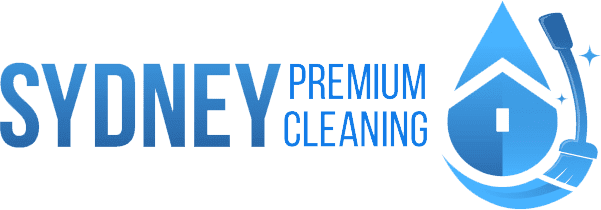Effective Cleaning and Sanitising Procedures for Food Contact Surfaces and Utensils
Request a FREE Quote TODAY
Appendix 6 provides information on cleaning and sanitising food contact surfaces and eating and drinking utensils. While businesses are not legally required to adhere to the specifics detailed, the appendix outlines the separate procedures of cleaning and sanitising and how they differ from sterilising.Cleaning is a process that eliminates visible contamination but isn’t designed to kill microorganisms, while sanitising is a process that reduces the number of microorganisms on a surface to a safe level, typically using heat, water, or specific sanitising chemicals. Sterilising, a process not required by the standards, aims to destroy all microorganisms, including protected ones (spores).Cleaning and sanitising should generally be conducted separately, with surfaces thoroughly cleaned before sanitising, as sanitisers tend not to work effectively in the presence of food residues and detergents.The six recommended steps for effective cleaning and sanitising include pre-cleaning, washing, rinsing, sanitising, final rinse, and drying. These procedures can be performed manually or using specialised equipment like dishwashers, depending on the scale and quantity of items to be cleaned and sanitised.









